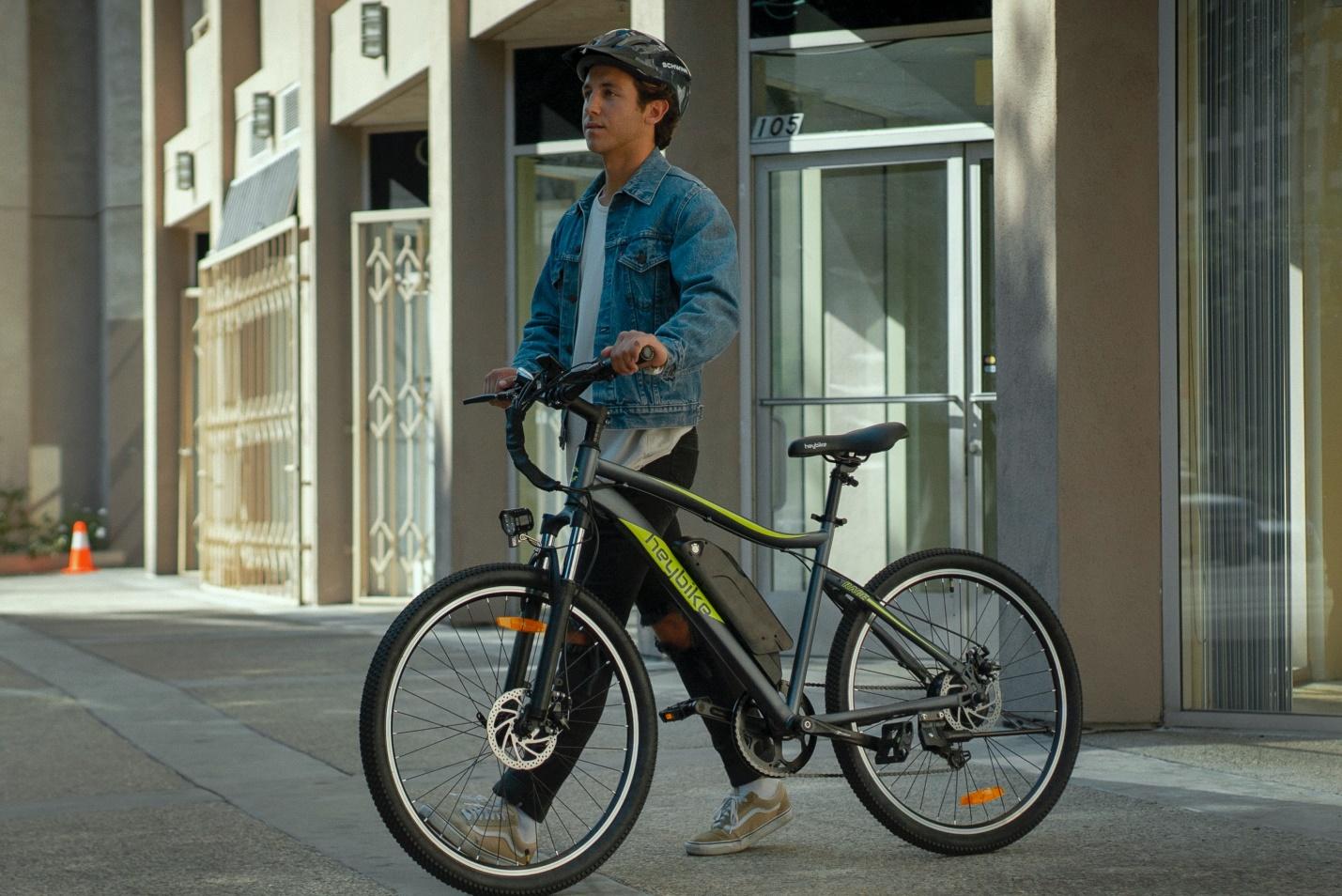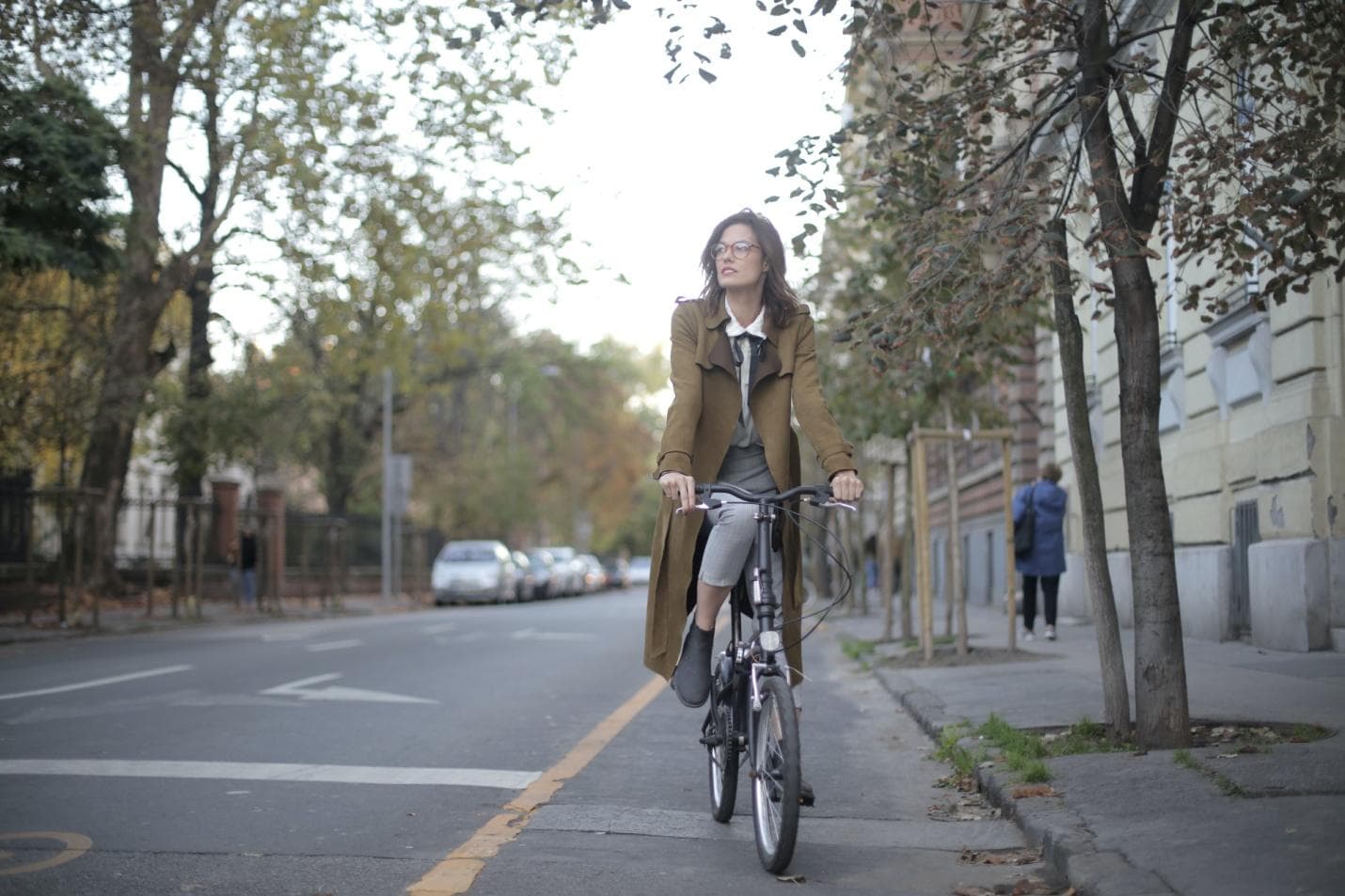Colorado is a magnificent state with many picturesque locations. However, it is also feared for its sudden weather changes. Picture this scenario: A snowy evening in Denver, Colorado, with icy roads and limited visibility. Two vehicles collide at an intersection, each driver claiming the other was at fault.
In accidents occurring during inclement weather conditions, determining liability can be a complex and nuanced process. One legal doctrine that comes into play in such situations is “comparative fault.” This doctrine addresses cases where multiple parties share responsibility for an accident.
In this article, we’ll delve into the intricacies of comparative fault in inclement weather accidents and explore how Denver inclement weather accident lawyers navigate these challenging car accident cases.
What is Comparative Fault?
Comparative fault or comparative negligence is a legal concept applied in injury cases, including vehicle accidents. It allows for a more equitable distribution of liability when multiple parties contribute to an accident.
Under comparative fault, each party involved in the accident is assigned a percentage of fault based on their actions or negligence.
The key aspects of comparative fault include:
- Percentage of Fault
In states that follow comparative fault principles, including Colorado, each party’s percentage of fault is determined by the court or through negotiations. This percentage represents the degree of responsibility each party bears for the accident.
- Effect on Compensation
The compensation a party can recover is reduced by their assigned percentage of fault. For example, if you are found 20% at fault for an accident, your compensation will be reduced by that percentage.
- Pure Comparative Fault vs. Modified Comparative Fault
States can follow either a pure or modified comparative fault system. In a pure system, a party can recover compensation regardless of the degree of fault. In a modified system, there is typically a threshold percentage beyond which a party cannot recover damages.
Comparative Fault in Inclement Weather Accidents
Inclement weather conditions, such as rain, snow, sleet, and fog, significantly contribute to accidents on the road. In these situations, multiple factors can affect liability, including:
Reduced Visibility
Limited visibility due to heavy precipitation or fog can make it challenging for drivers to react quickly to changing road conditions.
Slippery Roads
Icy or wet road surfaces reduce traction, which makes it difficult for drivers to control their vehicles.
Inappropriate Speed
Traveling at an unsafe speed for the weather conditions is a common contributor to accidents in bad weather.
Determining Comparative Fault in Inclement Weather Accidents
In inclement weather accidents, determining comparative fault can be complex due to the role of weather conditions and driver behavior. Here are key steps in assessing comparative fault in such cases:
Investigation
A bad weather accident attorney Colorado conducts thorough investigations, gathering evidence like accident reports, witness statements, and weather data to establish the sequence of events.
If you try to collect evidence on your own, you can run into problems since you might not know what type of information is required in your case.
Expert Witnesses
Attorneys often collaborate with accident reconstruction experts and meteorologists to assess how weather conditions impacted the accident and each party’s actions.
Driver Behavior
Evaluating the actions of each driver involved is crucial. This includes examining whether drivers were adhering to posted speed limits, maintaining safe following distances, and adjusting their driving to the weather conditions.
Comparative Fault Assessment:
Attorneys and insurance adjusters assess each party’s degree of fault and negotiate or litigate accordingly. This assessment takes into account the role of weather conditions.
The Role of Legal Representation
Navigating comparative fault in inclement weather accidents requires skilled legal representation. Here’s how a bad weather accident attorney Colorado can help:
Evidence Collection
Attorneys gather and analyze evidence, including accident reports, photographs, witness statements, and weather data, to build a strong case.
Expert Consultation
Legal professionals consult with experts, such as accident reconstruction specialists and meteorologists, to provide expert testimony supporting their clients’ claims.
Negotiation
Attorneys negotiate with insurance companies, advocating for their clients’ rights and ensuring that their assigned percentage of fault accurately reflects the circumstances of the accident.
Litigation
In cases where a fair settlement cannot be reached, attorneys represent their clients in court, presenting a compelling case to the judge and jury.
Final Thoughts
In inclement weather accidents, determining liability and assessing comparative fault can be a complex process. Weather conditions, driver behavior, and other factors all play a role in the outcome of these cases.
For individuals involved in such accidents, seeking legal representation from an experienced Denver inclement weather accident lawyer of the Bourassa Law Group is essential.
These legal professionals possess the expertise to navigate the nuances of comparative fault, gather crucial evidence, and advocate for their clients’ rights.
In the unpredictable weather of Colorado, having a skilled attorney can make a significant difference in achieving a fair resolution in car accident cases with shared responsibility.




